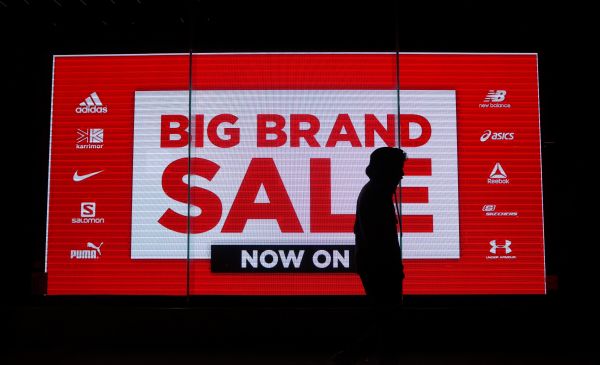Branding Strategy Insider helps marketing oriented leaders and professionals like you build strong brands. Readers know, we regularly answer questions from marketers. Today we hear from Heather, a Marketing Manager in Detroit, Michigan who has this question on brand architecture strategy.
Hi Derrick and Brad –
I’m a new reader of Branding Strategy Insider, and I have a branding question for you. I just began working as a marketing manager at an automotive aftermarket company. There are two main consumer segments: a) truck/SUV owners (age 35-65) who use our product to enhance ride and performance b) 18-34 year old men who buy our product because it’s functional but it’s more of an “image” product. The first group very much views our product as a product/solution purchase, ie, very functional. The second group buys our product as more of an image purchase. Over the long term, as the buyers in group B become older, we want to keep them in our corporate family and have them buy our products for their trucks/SUVs.
So the question becomes:
1) Do we keep one master brand (with different consumer segments), and just change the way we talk to each group? From a master brand perspective, I’m thinking we position ourselves in a way to reflect our product quality. That’s a competitive advantage and something that’s important to both segments. One concern is how to talk with these separate consumer groups via social media. If we had a master brand (option 1), we could have separate social media efforts for each segment perhaps (ie, different Facebook groups for each segment). We run the risk of possibly offending consumer group A with the way that the consumer group B is marketed to (much more edgy)
2) Or do we have two separate brands?
3) Or do we have a separate sub-brand for group B? (ie, Dockers by Levis) This group could have its own identity, positioning, website and social media.
Thanks for your question Heather. To answer appropriately about the right brand architecture to use would require a more thorough understanding of the exact situation that you face including the brand messages that would best appeal to each customer segment. Generally, if the same or similar messages can be used with both groups, you would use one brand and market it to both groups, perhaps with slightly nuanced wording depending on the group that you are targeting and the targeted media that you are using. If the messages are different but an umbrella quality message is appealing to both groups, we would consider creating sub-brands targeted at each customer segment. If the messages for one or more customer segments are extremely different from and perhaps offensive to other segments, we would consider creating separate brands. If you still want to link those brands back to the parent brand you can do so with a parent brand endorsement (A division of [parent brand] or- A [parent brand] company). The key things to consider are:
· How different are the brand messages for the different customer segments?
· Are some of those messages offensive or turn offs for other customer segments?
The more different or offensive the messages, the more compelling it is to create separate brands or at least sub-brands. The more similar or complementary the messages are, the more you will want to stay with just one brand, or if not, at least link the sub-brands to the parent brand, especially if the parent brands quality message is compelling to all customer segments.
We offer more on brand architecture strategy here as well as these key considerations in brand portfolio strategy.
Have a question related to branding? Just Ask The Blake Project
The Blake Project Can Help: The Brand Architecture Workshop
Branding Strategy Insider is a service of The Blake Project: A strategic brand consultancy specializing in Brand Research, Brand Strategy, Brand Licensing and Brand Education





2 comments
Jeffrey Valles
December 23, 2010 at 9:58 pm
This all sounds very straight forward but this overview does not take into consideration the brands distribution channels. If both market segments purchase the product through the same channel, then building sub brands will be a more laborious process due to the energy needed to convince the “stores” to dual stock the same products.
As Brad and Derrick have shown many times, how you write your message and the quality of its content can position your brand. I would look to not necessarily look at Levis and Dockers but play with finding segment relevant synergies and customer driven product applications. If carried out effectively, your generational customers will follow their best match with your band as the magnet.
Scottperezfox
December 24, 2010 at 1:17 am
If you ask me, the choice to create/name a product/service/offering should be based on how much of a departure from the original brand it will be. If your original brand has some cred in the new arena, go ahead and co-brand. If it has none, create a new brand entirely. If it has tons of experience, the monolithic approach might be best.
This all goes back to Wally Olins and his view. From the Wikipedia article on Corporate Identity: http://j.mp/eZgSmJ
“Olins (1989) is well-known for his “corporate identity structure”, which consists of three concepts: monolithic brands for companies which have a single brand, a branded identity in which different brands are developed for parts of the organization or for different product lines, and an endorsed identity with different brands which are (visually) connected to each other.”
Comments are closed.